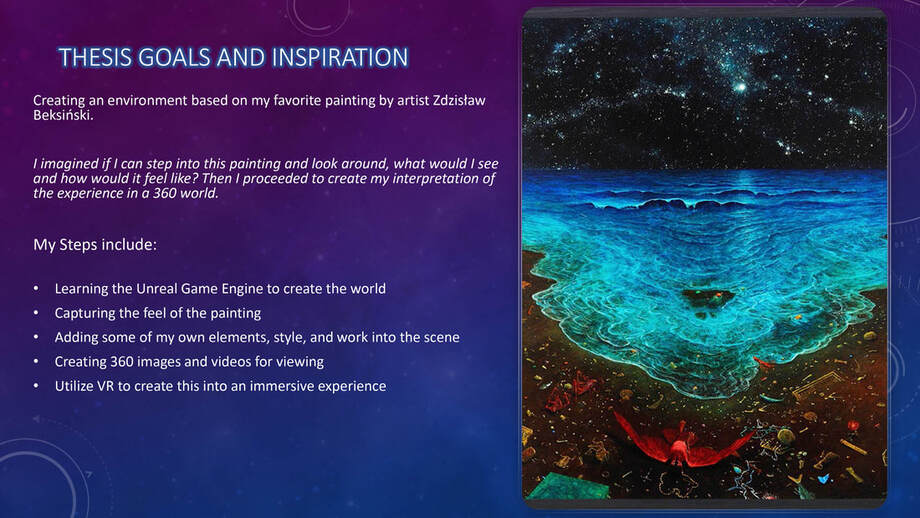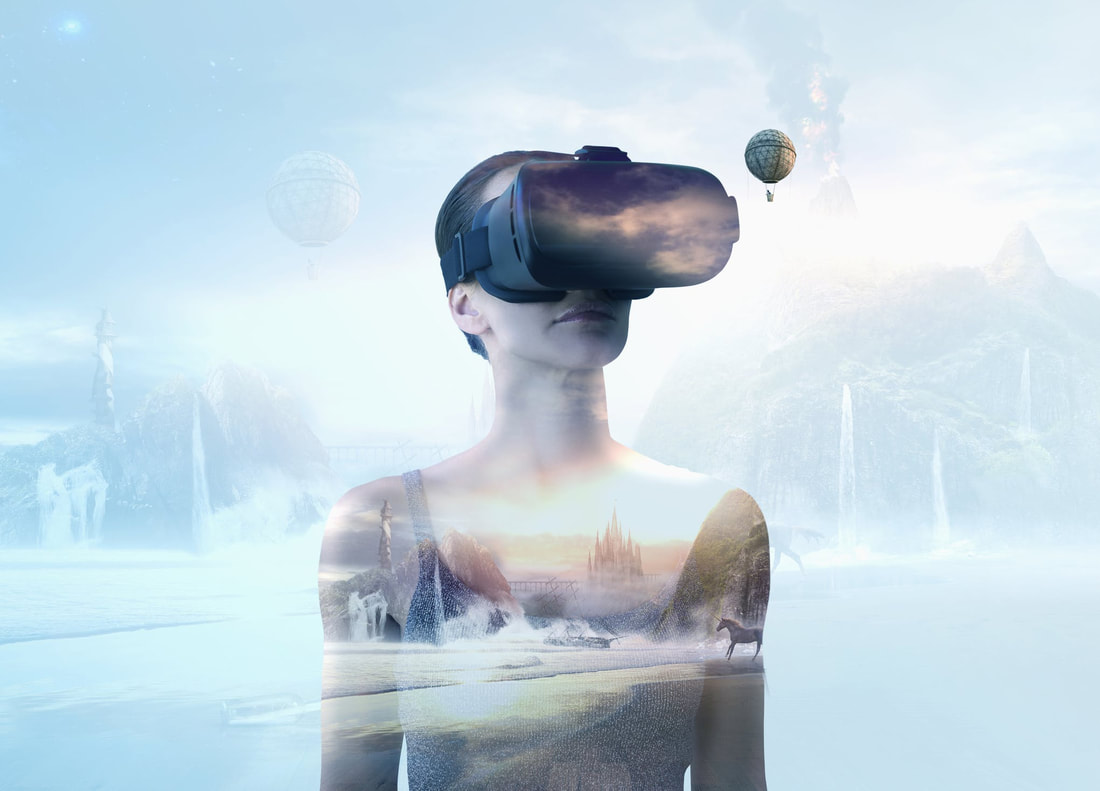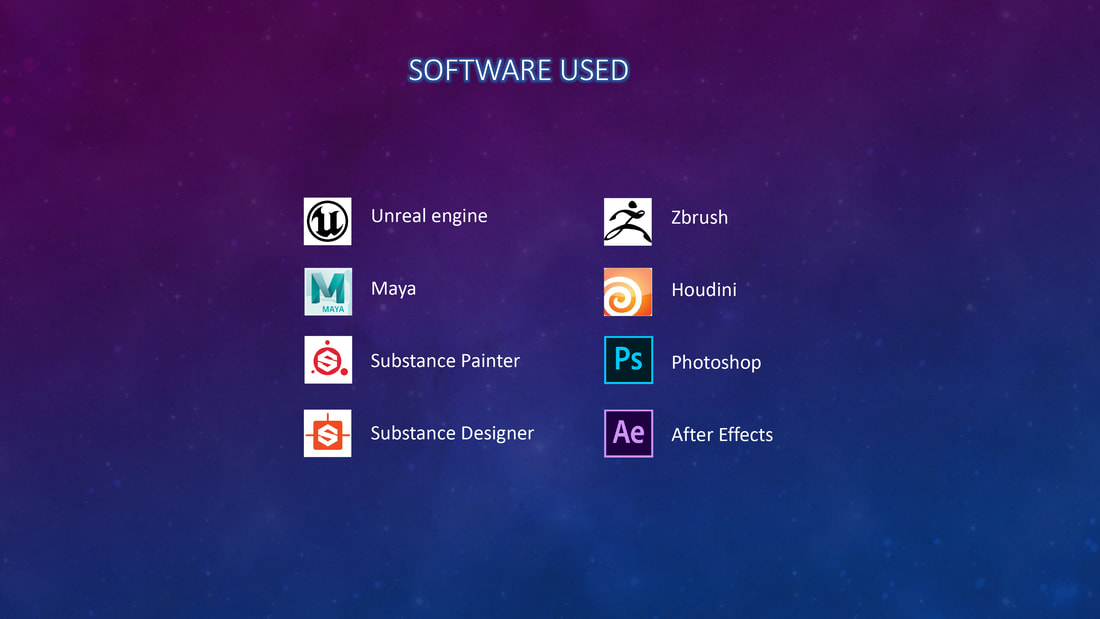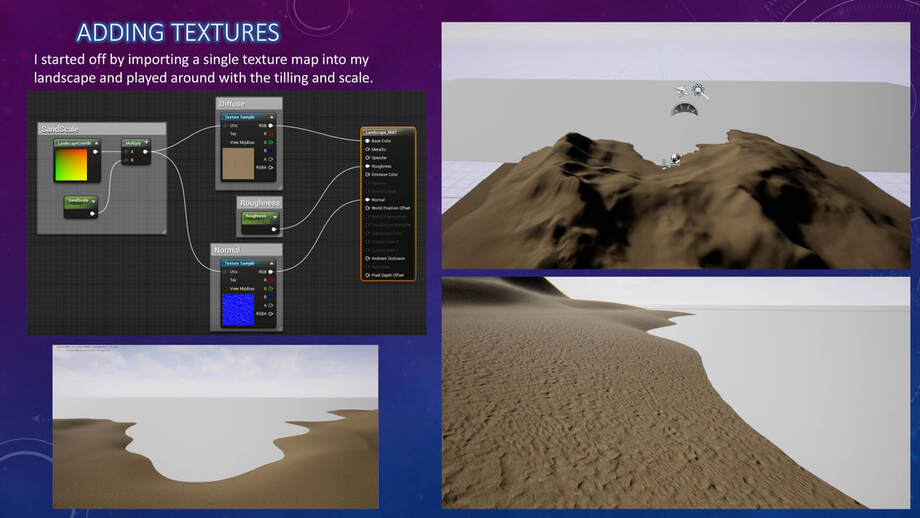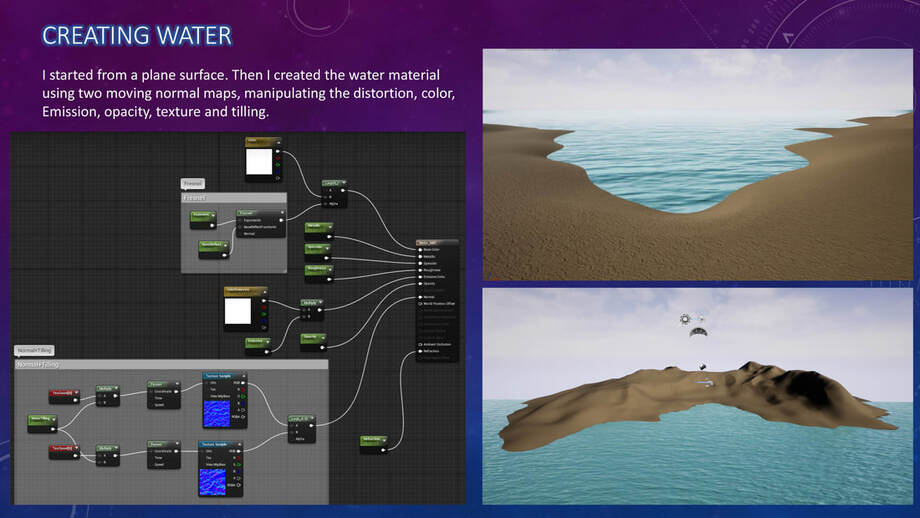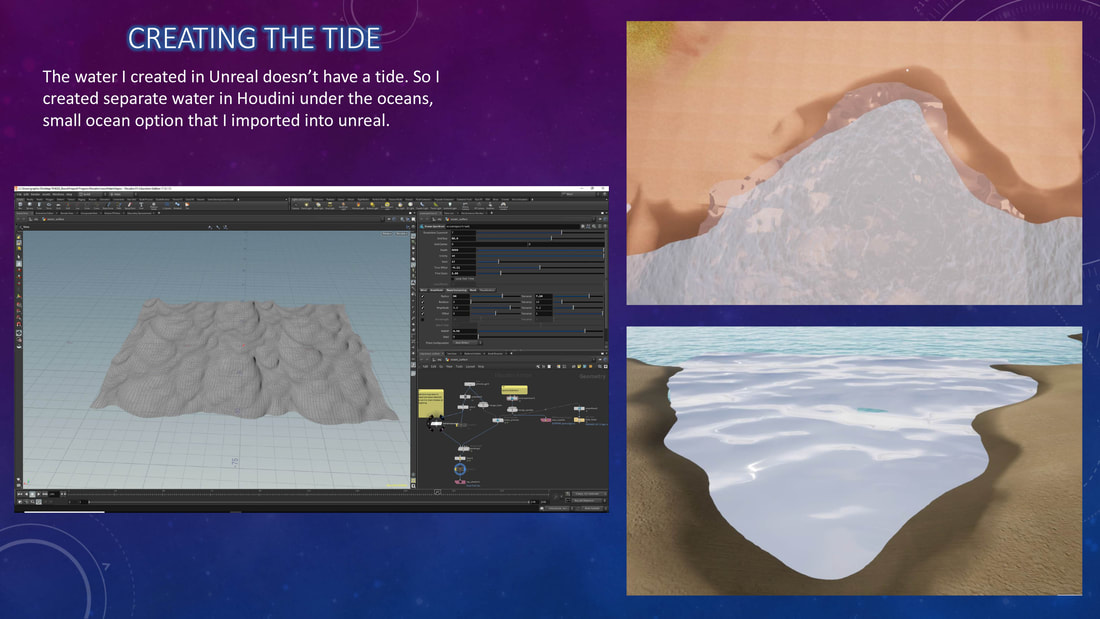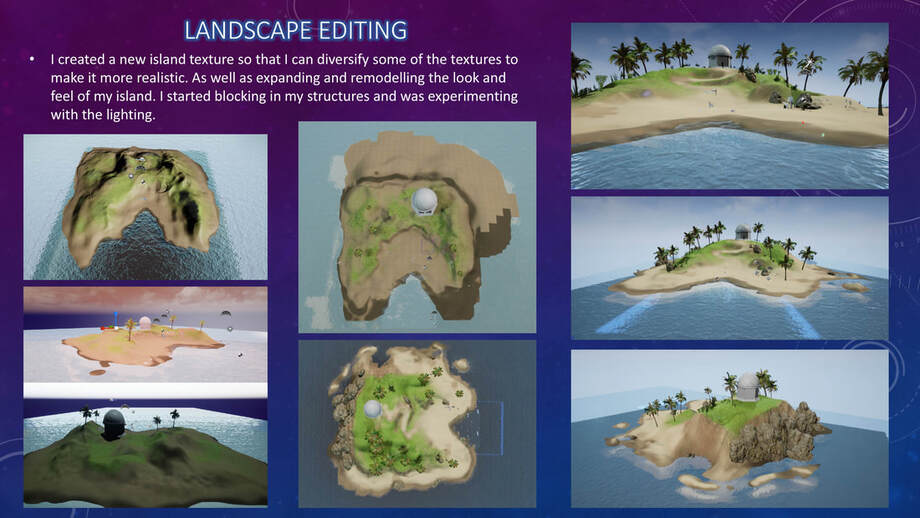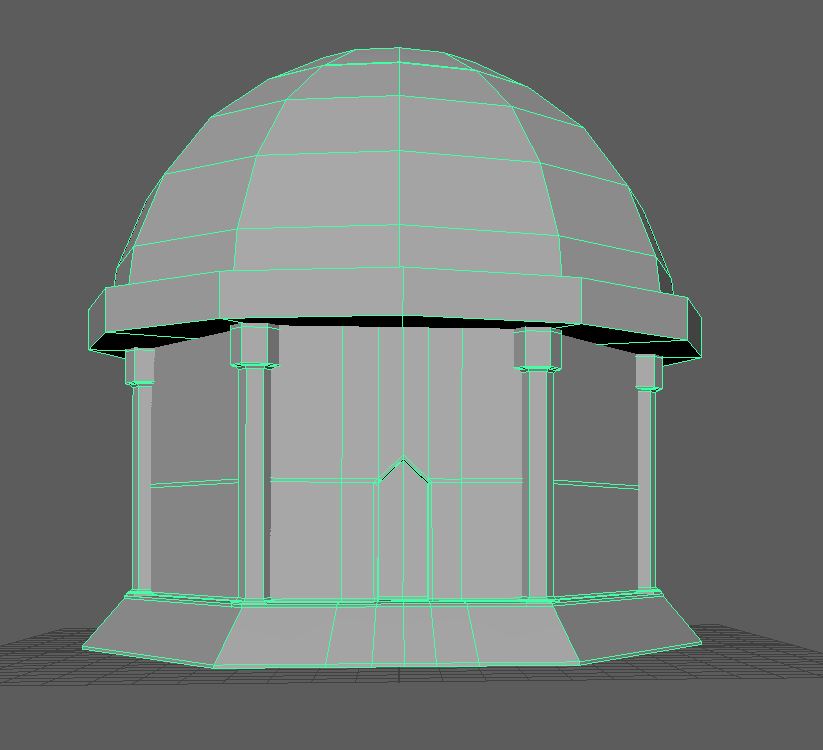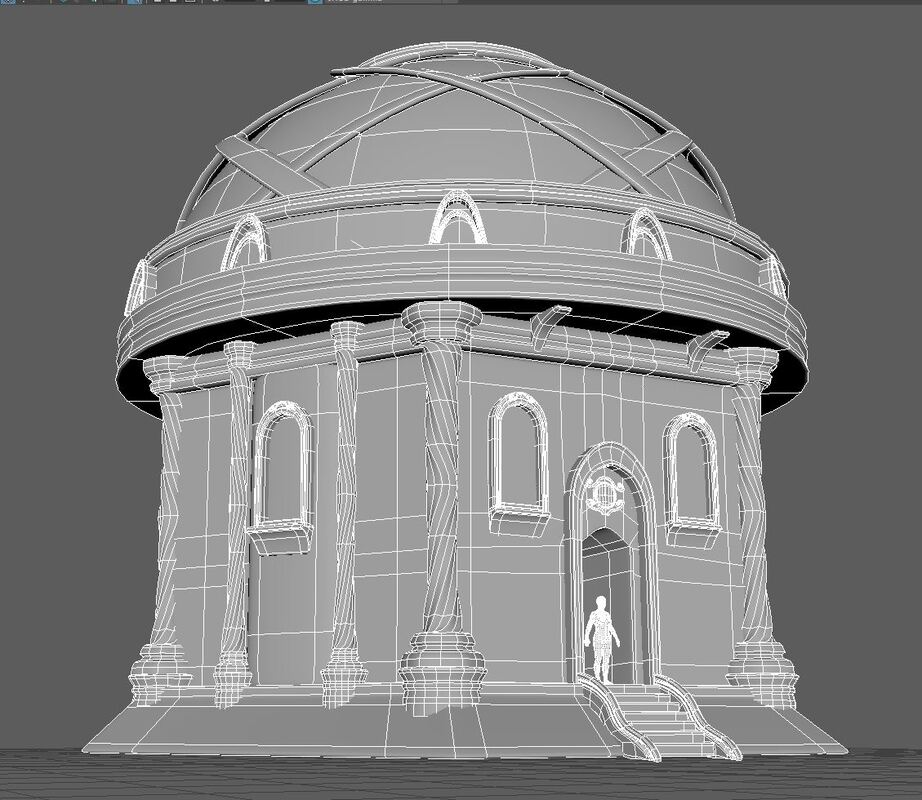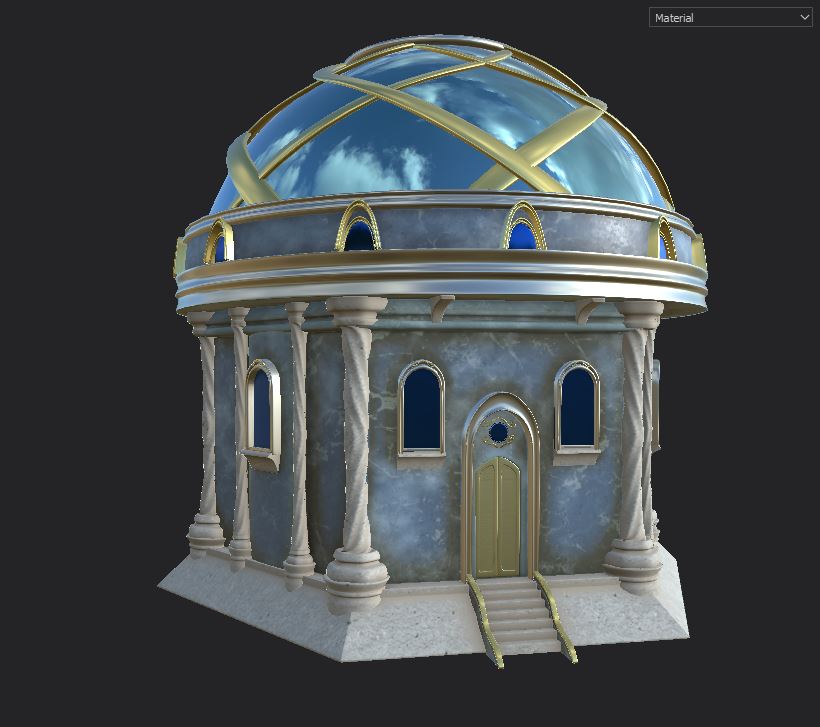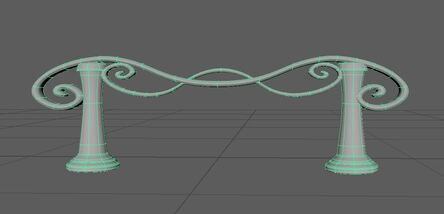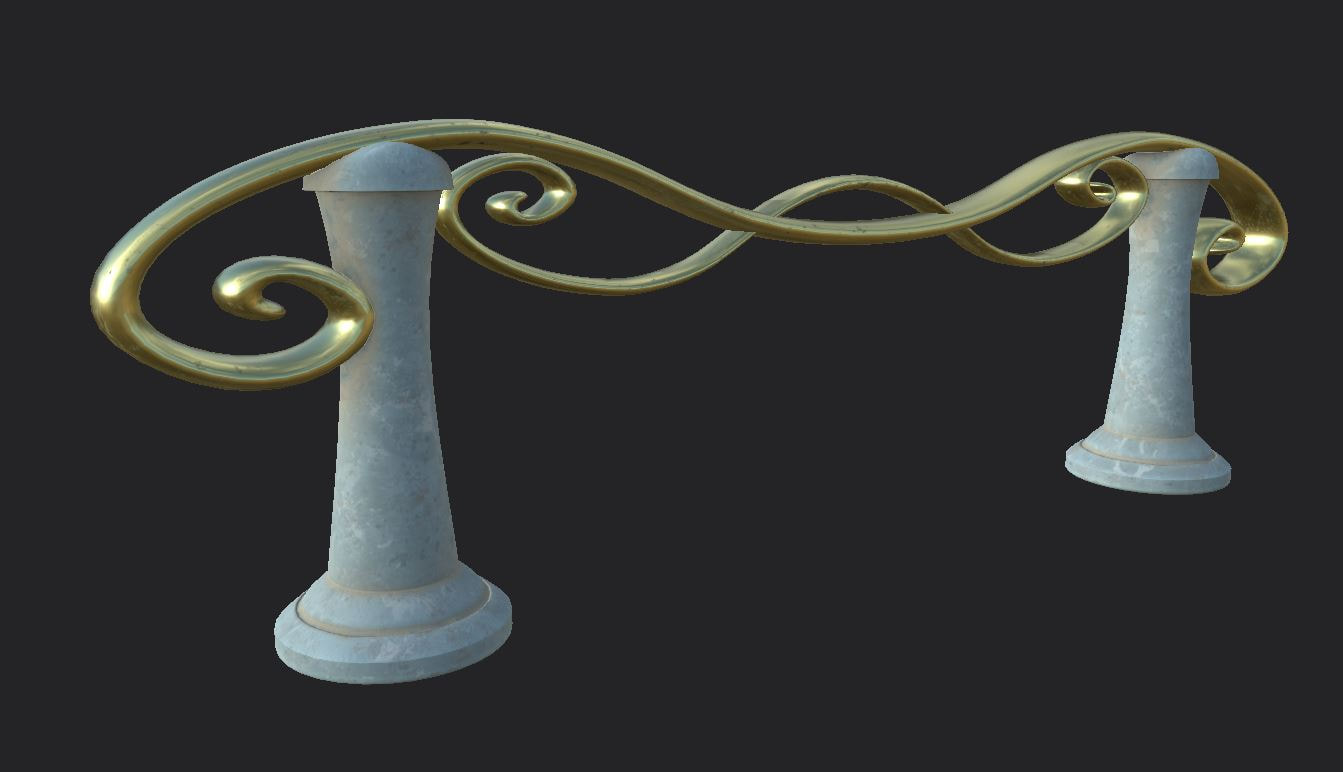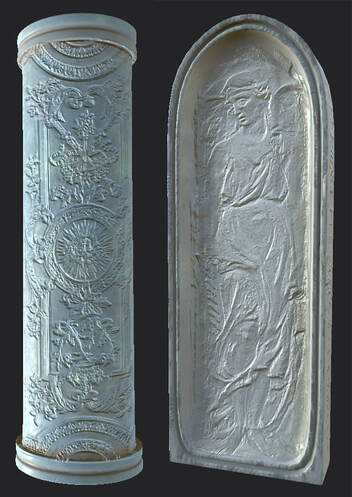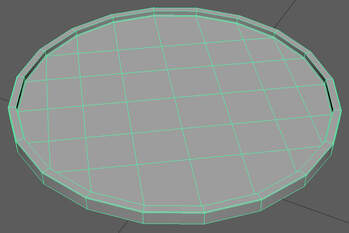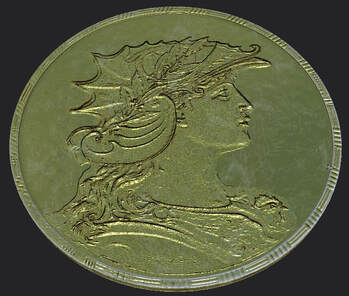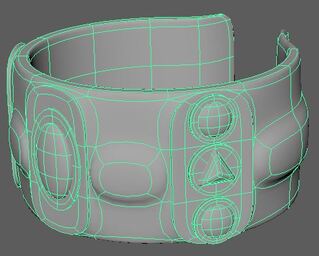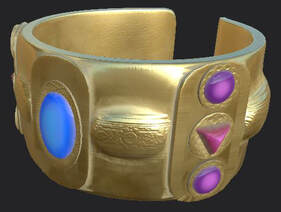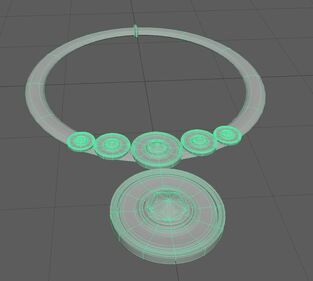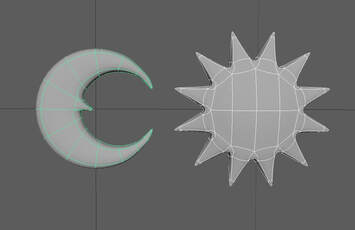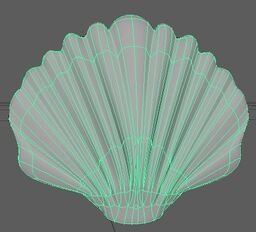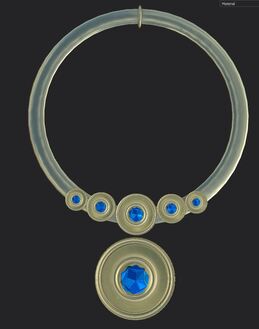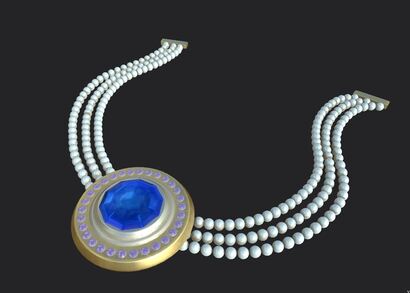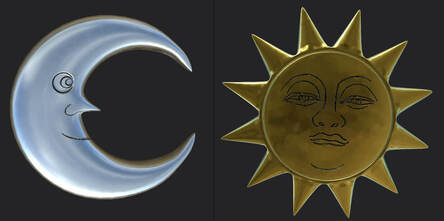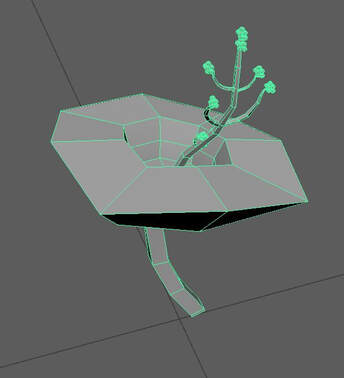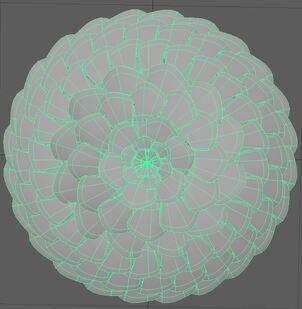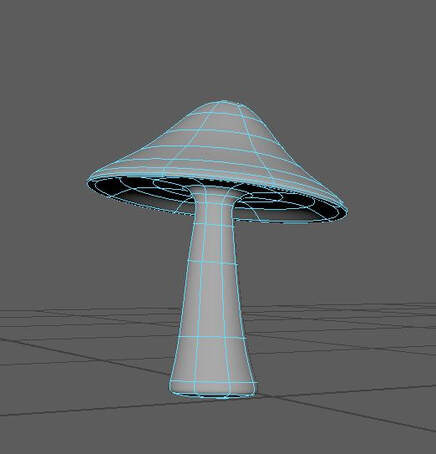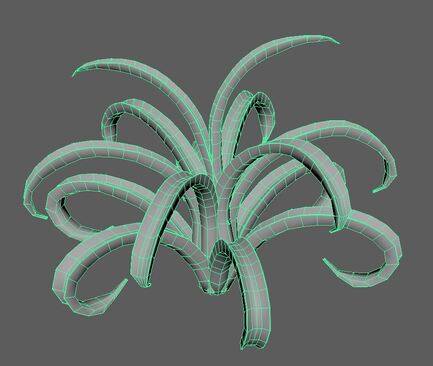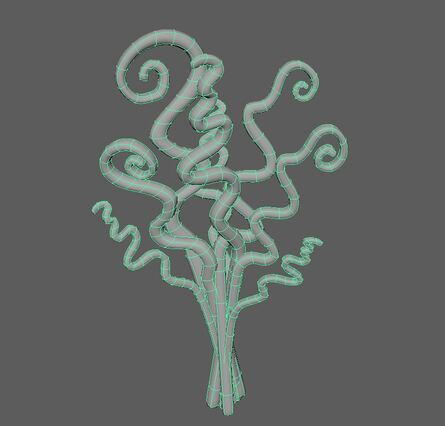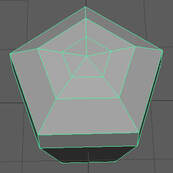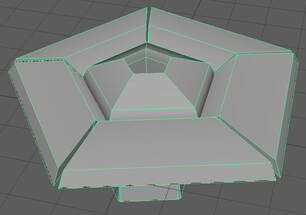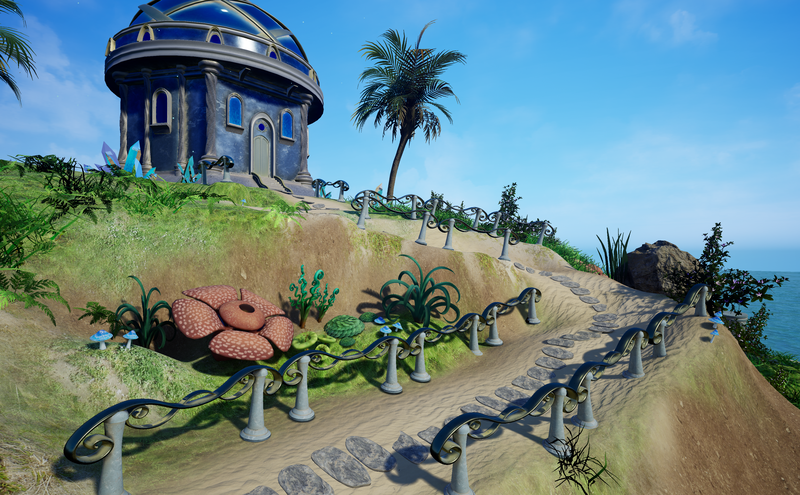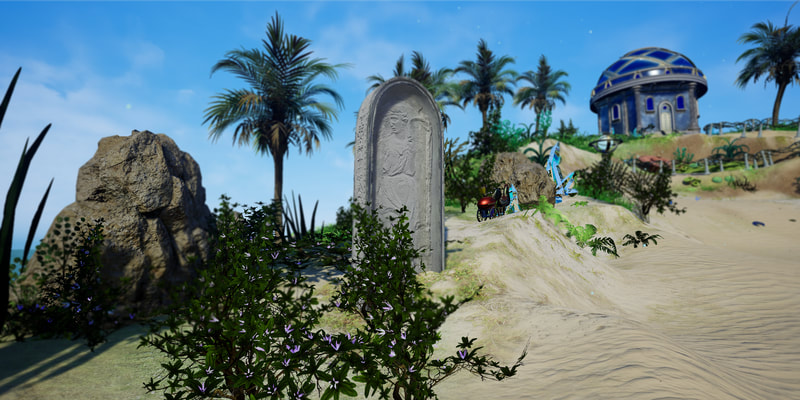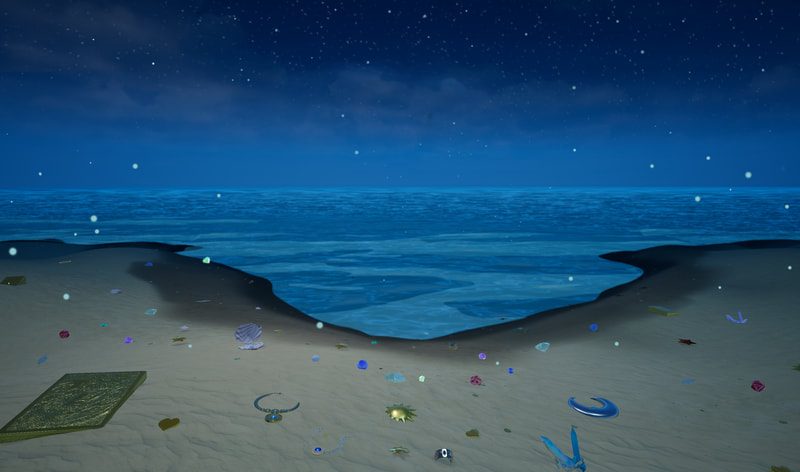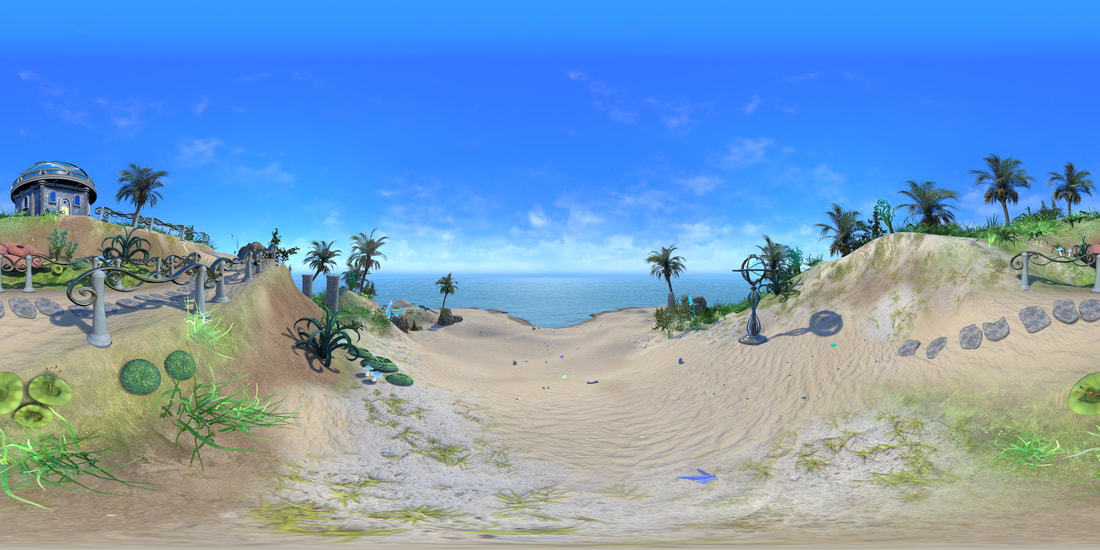Virtual Reality Therapy
|
Is the use of virtual reality technology for psychological or occupational therapy. Patients receiving virtual reality therapy navigate through digitally created environments and complete specially designed tasks often tailored to treat a specific ailment. Technology can range from a simple PC and keyboard setup, to a modern virtual reality headset. It is widely used as an alternative form of exposure therapy, in which patients interact with harmless virtual representations of traumatic stimuli in order to reduce fear responses. https://en.wikipedia.org/wiki/Virtual_reality_therapy
• So far this has been used to help with: Anxiety, phobias, PTSD, Sleep disorders, pain management, stress reduction and many more.https://appreal-vr.com/blog/virtual-reality-therapy-potential/ • VR is also used in guided meditations. •The real feel The power of VR therapy comes from the fact that people automatically react to fear cues, even in an environment they consciously know isn’t real. That’s because the brain’s emotional command center, or limbic system, responds to stressors in a matter of milliseconds. Way faster then logic can kick in. https://www.sciencenews.org/article/virtual-reality-therapy-has-real-life-benefits-some-mental-disorders |
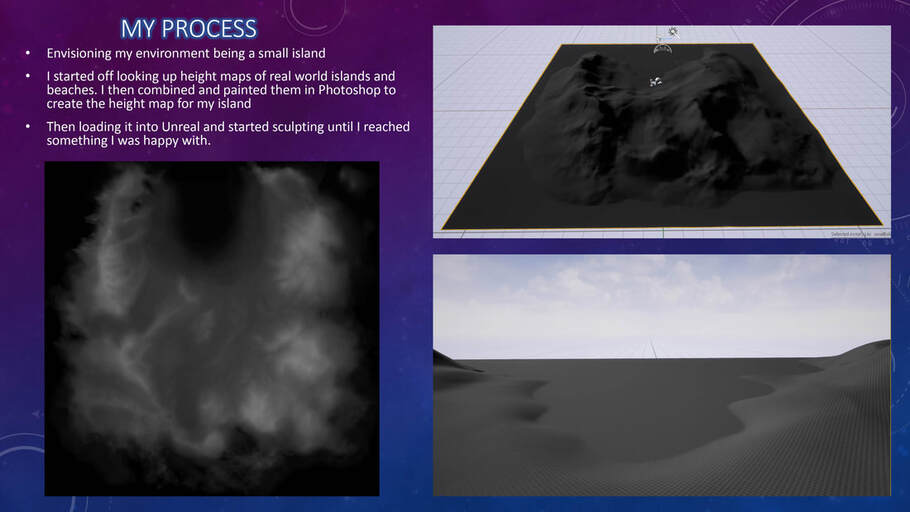
Building Assets
Dome
I didn’t want the island to be completely empty. Given that the stars and night time are a part of the theme. I decided to add a building inspired by an observatory and temple. This was modeled in Maya and Textured in Substance painter.
Land Structures
I added some more structures to add to the temple, European style look I was going for.
Armillary Sphere
I was going for an astronomy theme with my scene. So I went ahead and modeled, textured and rigged an armillary sphere.
Treasure
Inspired by the original painting. I modeled treasure to be scattered on the beach.
Plants
I wanted to add some out of the ordinary plants so I found reference of some interesting plants to model. I used Maya to model my plants and Substance Painter to color and texture.
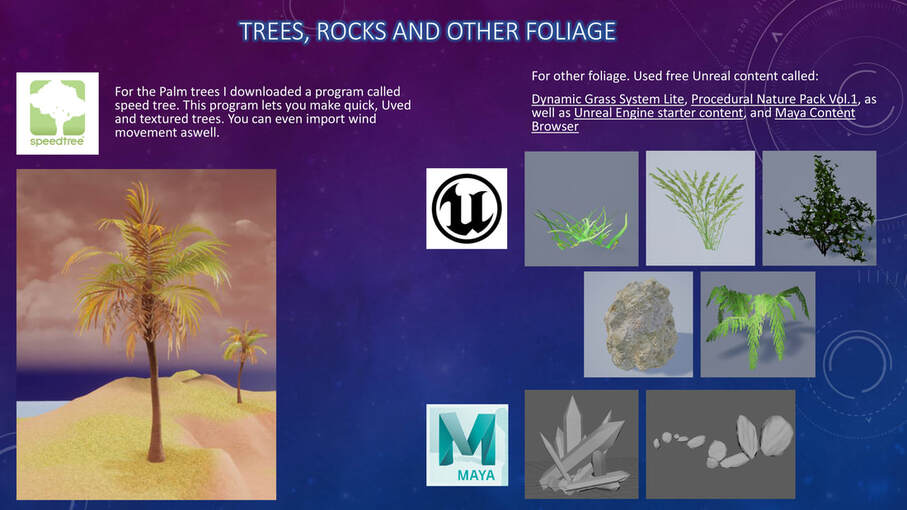
Putting It All Together
The final outcome. I split my scenes into day and night.
360 Views
Here are links to 360 camera views of the island.
Click on image to view in 360!
Turntable
Day and Night Cinematics
Proudly powered by Weebly


